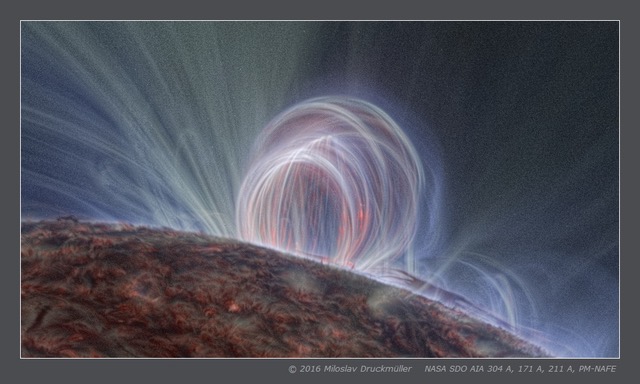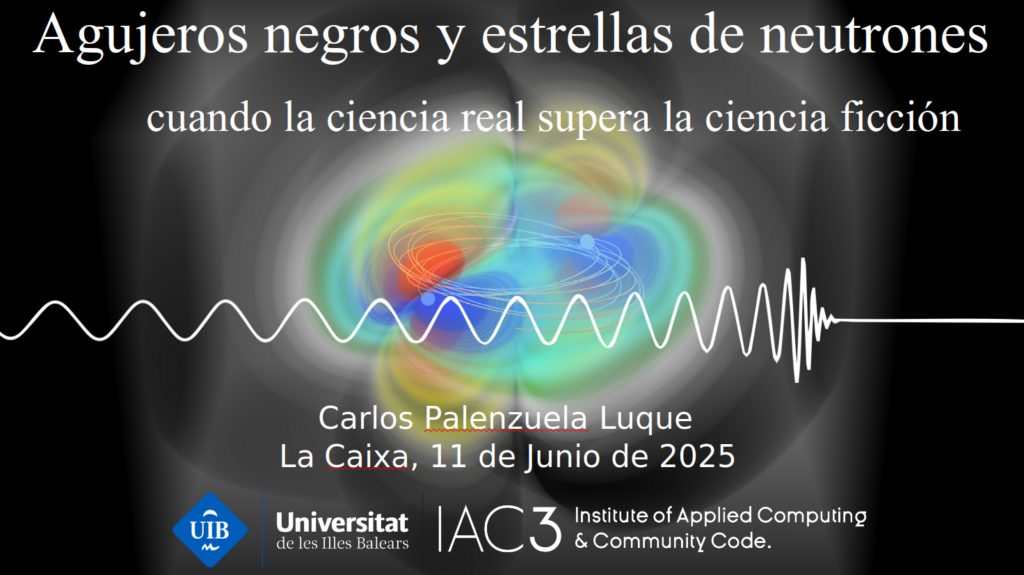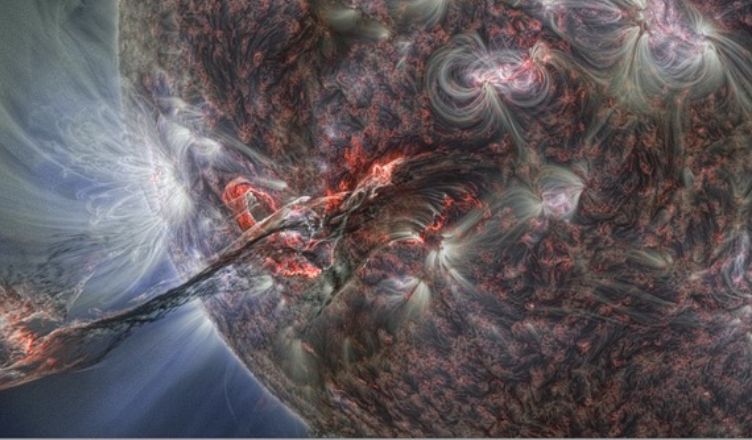Ramon Oliver and Carlos Palenzuela, researchers at the Institute for Computational Applications with Community Code (IAC3) of the University of the Balearic Islands, will take part in the upcoming edition of Finestres a l’univers II, a public astronomy outreach course organized by CaixaForum Palma.
This course is a continuation of the program launched in 2024 and is aimed at bringing astronomy closer to the general public through engaging and accessible sessions, while maintaining scientific rigor.
In an era marked by powerful ground- and space-based telescopes, Finestres a l’univers II offers a guided journey through the universe’s wonders. Participants will explore the Sun, our solar system, exoplanets orbiting distant stars, and exotic objects like neutron stars and black holes. The course will also delve into the vast diversity of galaxies — the building blocks of the cosmos.
MISTERIS DEL NOSTRE SOL MAGNÈTIC
Ramon Oliver will give a talk dedicated to the Sun—our closest and most essential star, without which the solar system, Earth, and life as we know it would not exist. Despite decades of research, the Sun still holds many secrets about its internal structure, magnetic activity, and phenomena such as sunspots, solar flares, and the solar wind. In this session, Professor Oliver will guide the audience through some of these mysteries, helping us better understand this fascinating and life-sustaining celestial body. The talk will be delivered on May 28th in Catalan.

ESTRELLAS DE NEUTRONES Y AGUJEROS NEGROS: CUANDO LA CIENCIA REAL SUPERA A LA CIENCIA FICCIÓN
Carlos Palenzuela will give a talk on neutron stars and black holes—two of the most compact and extreme objects in the universe. These exotic celestial bodies challenge our understanding of physics under the most intense conditions. In his session, Professor Palenzuela will explain how these objects form, explore their key properties, and compare them to the way they are often portrayed in science fiction. He will also discuss how we can learn about them through both electromagnetic signals (light) and gravitational waves. The talk will be delivered on June 11th in Spanish.












